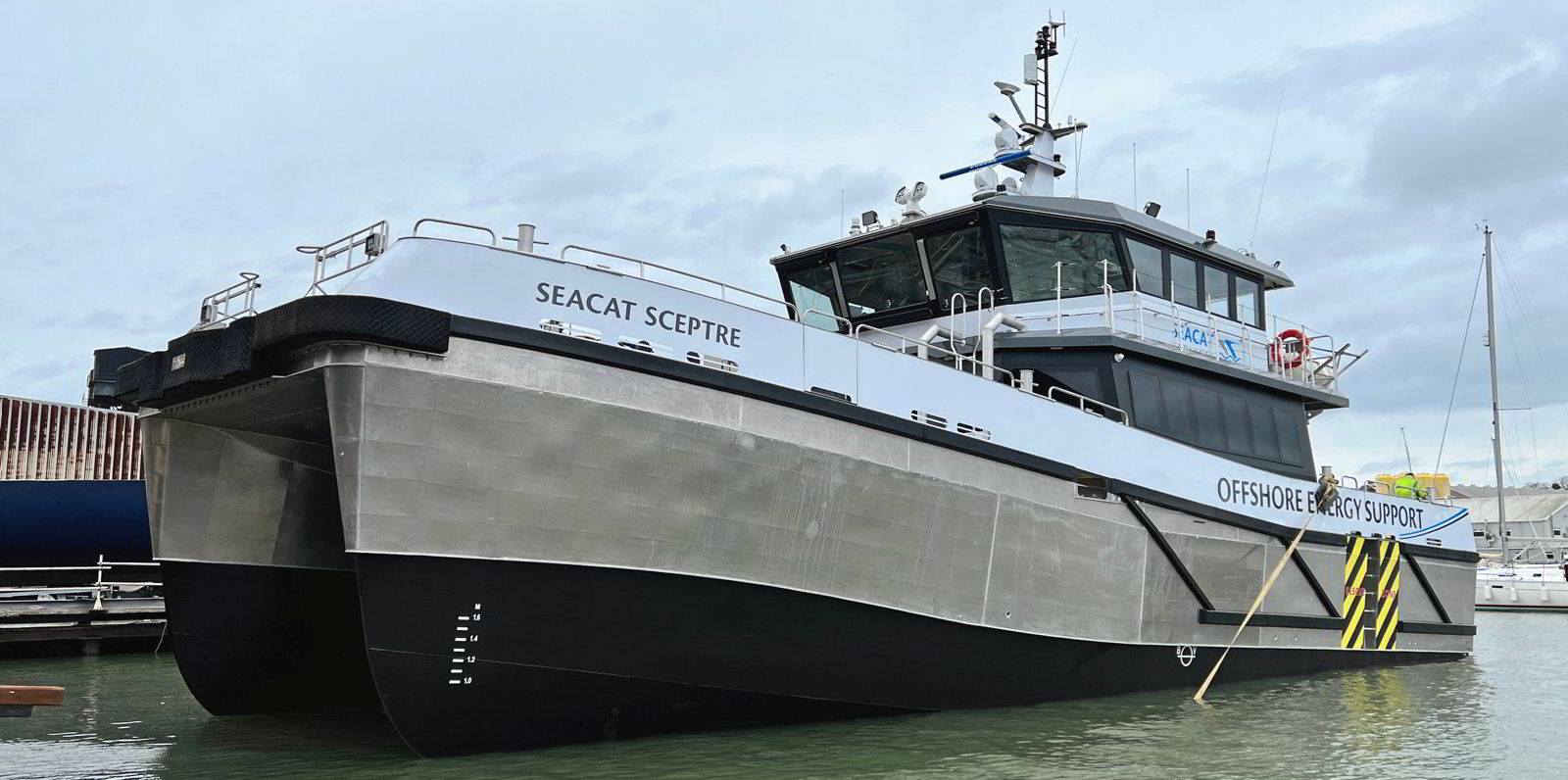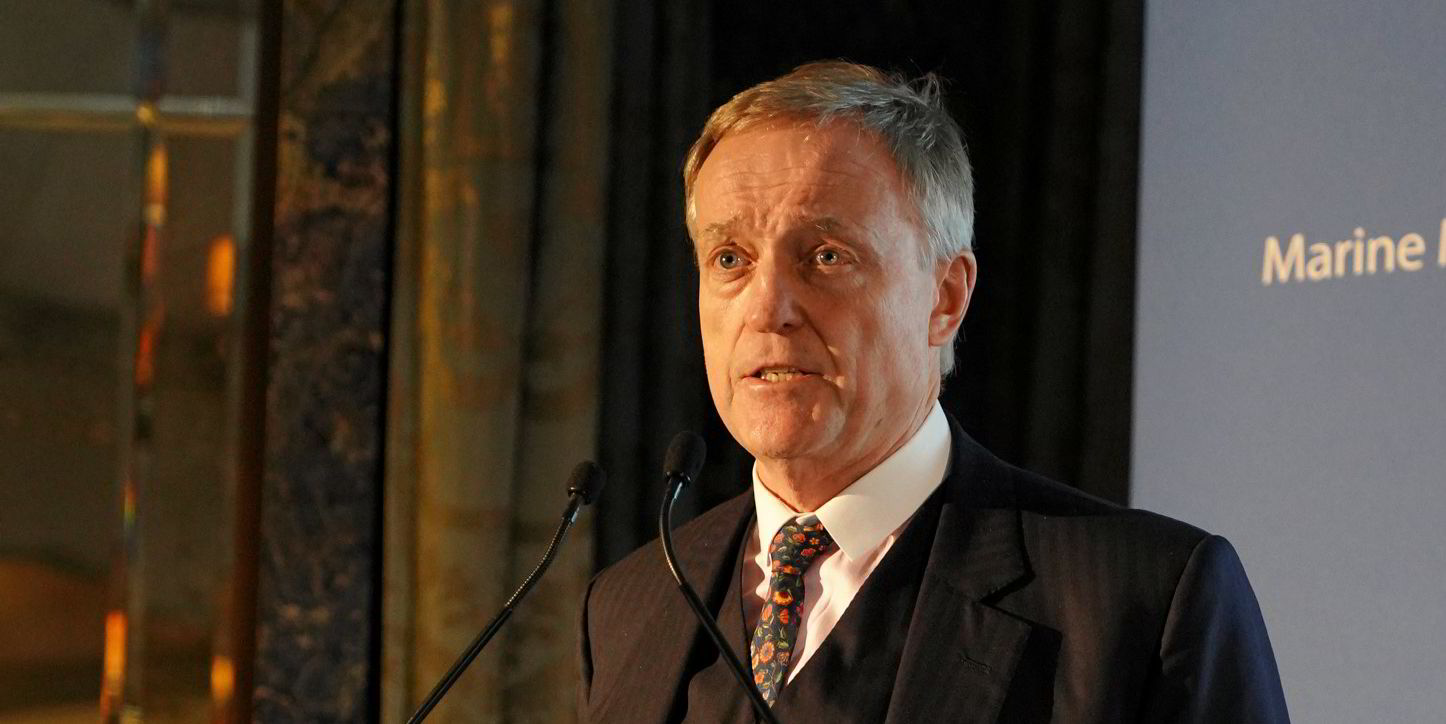Chartwell Marine has brought racing technology to offshore wind.
The UK naval architecture firm said on Wednesday that the offshore energy support vessel it built for Seacat Services is beginning sea trials, testing out its hydrofoil system previously seen on high-end racing yachts.
The system, known as the foil optimisation and stability system, or FOSS, was developed by BAR Technologies and is supposed to reduce hull resistance and improve energy efficiency.
“Improving operational and environmental performance is a challenge facing all maritime sectors, so collaboration between these sectors and the sharing of expertise is a natural answer to the call for decarbonisation, without ever losing sight of the critical operational requirements of the demanding offshore wind support sector,” Chartwell managing director Andy Page said.
“Optimising the hull form is a critical component when engineering a holistic, incremental approach to emissions reductions; ensuring that energy-efficient technologies are able to build from the strongest foundation of operational and environmental performance, and generate the maximum benefit for the sector.”
The lifting foil is positioned near the transom and is designed to control the running trim to ensure the hull position is most efficient.
Chartwell said it can improve energy efficiency by 30% through wake reduction.
Hydrofoil designs are often seen on America’s Cup yachts.
The ship, named the Seacat Sceptre, was built at the Diverse Marine yard on the Isle of Wight.
The FOSS system is the first of two designs developed by the Charwell-BAR partnership, with a second, the BARTech 30, set for launch in September.
Isle of Wight-based Seacat has a fleet of 14 offshore wind farm support vessels, which can move personnel, equipment and fuel.
In addition to the Seacat ships, Chartwell has also contributed designs for crew transfer vessels built for work on US east coast wind farms.
The company's Chartwell 24 design was modified for local use by Rhode Island's Blount Boats which built two of the vessels for Atlantic Wind Transfers.






